The Ryder Cup provided the platform for a station revamp that saved a 19th-century Victorian footbridge and saw it pitch up at Bridge of Dun.
It’s 10 years since the Caledonian Railway in Brechin was approached by Network Rail which was upgrading the C-listed Dunblane station before the 2014 Ryder Cup.
The influx of golf fans to Gleneagles was the catalyst to invest £3.5 million in facilities around the venue and replace the bridge which had given more than 100 years’ service.
They were keen to explore the possibility of relocating the ornate lattice 1895 structure which was erected by the original Caledonian Railway at the Stirlingshire station.
A spokesman for Network Rail said: “We have submitted a planning application to Stirling Council in respect of proposals to build step-free access across Dunblane Station under Access for All, which is designed to improve access within stations for people with impaired mobility, travelling with luggage, children, cycles etc.
“Encompassed within the planning application is listed buildings consent, which is required to relocate the footbridge that links platform one and two within the station.
“It is proposed that a new, accessible footbridge at Dunblane station will be constructed over the next nine months. It will include lifts and stairs.
“We hope that the bridge will be open by spring 2014.”
With its attractive lattice-work and decorative piers, the C-listed structure was an unusual survivor, particularly with its covered deck and segmental arch.
Relocating the bridge to a heritage railway would allow improved access at Dunblane and also allow the structure to be maintained and accessible to the public.
Agreement was reached in 2012.
The footbridge would be taken in sections to the Caledonian Railway at Bridge of Dun Station where it would become a feature of the four-mile heritage line.
The quaint station and its platforms – once a busy stop-off point on one of Scotland’s main lines – were being maintained by the hard-working volunteers of the Brechin Railway Preservation Society as part of the Caledonian Railway.
Why were they chosen?
The Caledonian Railway line between Brechin and Montrose was built by the Aberdeen Railway in 1848.
The line from Brechin to Bridge of Dun was closed to passenger trains on August 4 1952.
Freight trains continued to run on the line but the decline in the economy of the country’s railways from the 1960s onwards hit the line hard and it closed on May 4 1981.
The Brechin Railway Preservation Society was formed in 1979 while the Brechin branch line was still in use.
The track was lifted in 1981 between Bridge of Dun and the famous Kinnaber Junction on the Edinburgh to Aberdeen line – which played a major part in the so-called ‘Race to the North’ between the companies on the West Coast lines and those on the East Coast which reached a peak in 1895 – but the society persuaded British Rail to leave the four miles between Brechin and Bridge of Dun intact.
After obtaining a light railway order in 1993, the railway was granted permission to run passenger services along the entire length of the line to Bridge of Dun.
So what happened next?
The original bridge was carefully dismantled at Dunblane by expert bridge engineers and most of the work took place at night to avoid disrupting train services.
The dismantled bridge was transported to Miller Callaghan Engineering Ltd who were based in Irvine whose work has included the repair and strengthening of the Forth Road Bridge in December 2015.
Under their expert care the bridge was cleaned and repainted in original Caledonian Railway colours.
Corroded metal work was repaired and rotten timber and broken glass replaced.
Preparatory work at Bridge of Dun included a survey of the site and the drilling of several boreholes to test the ground conditions.
Construction worked commenced at the station in March 2017.
Story Contracting Ltd designed and constructed substantial concrete foundations for the bridge including an extension to platform one.
Once ground works were complete the bridge itself was transported to Bridge of Dun on four separate lorries.
With the aid of two large road cranes the two towers were carefully craned into the waiting foundations followed by the bridge span and finally the staircases.
The thorough preparation work meant that reassembling the bridge took just one day and everything fitted together perfectly.
The installation marked the culmination of five years of work.
The bridge stands today, spanning a railway line still going strong after 170 years.
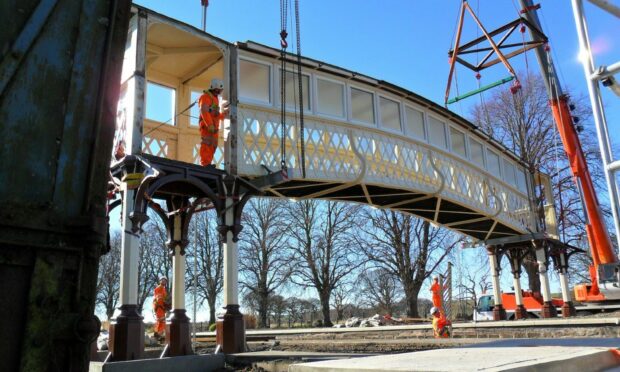
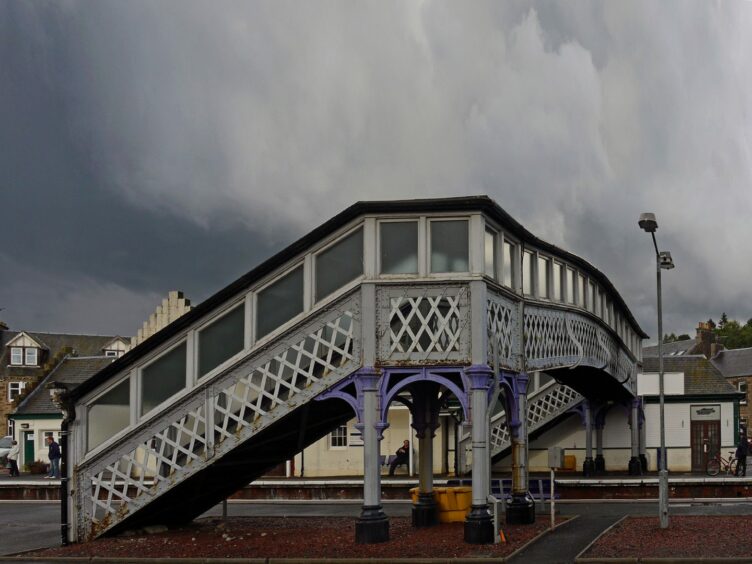

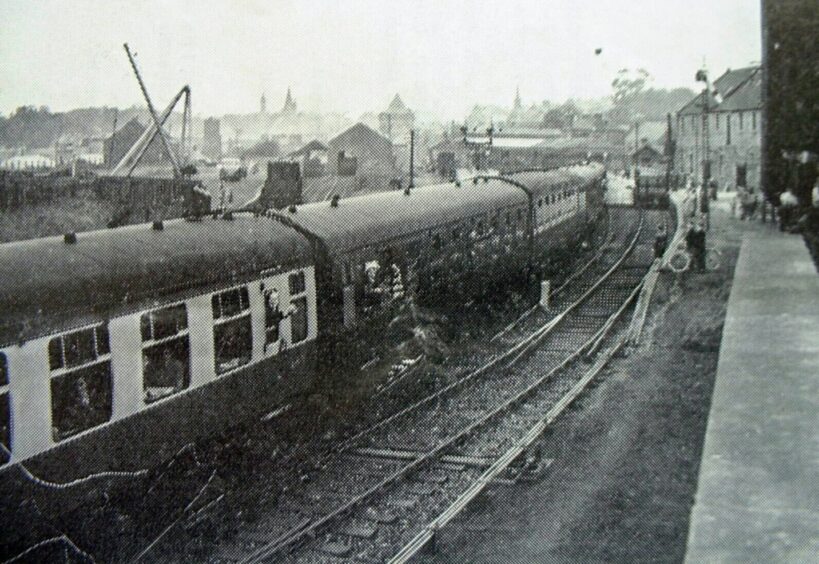
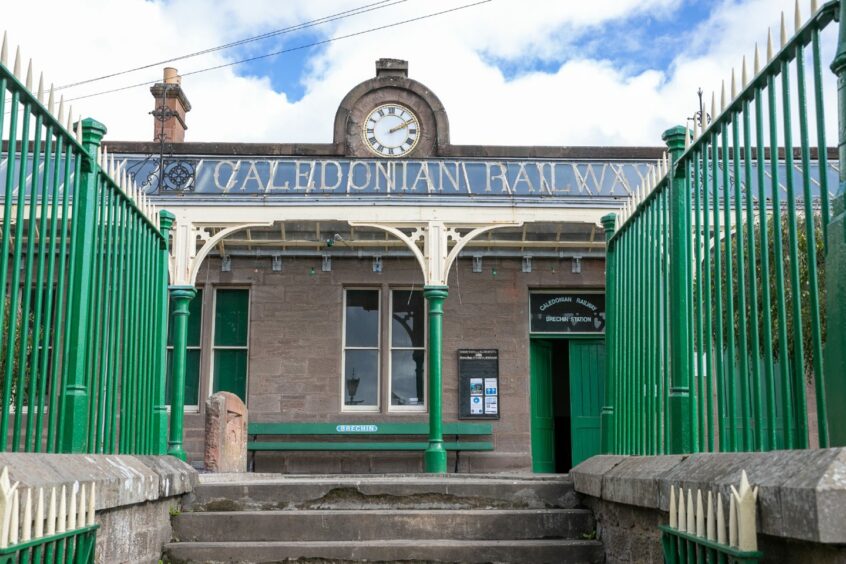
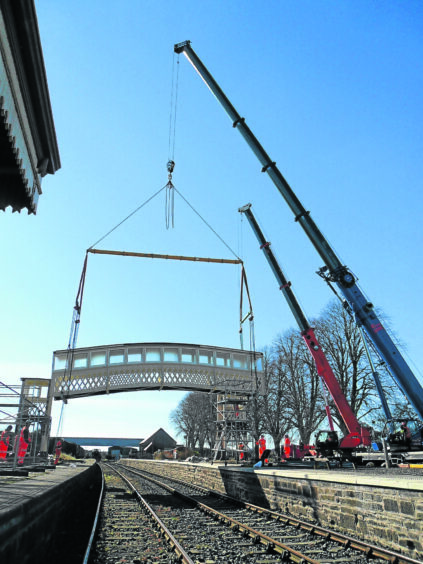










Conversation